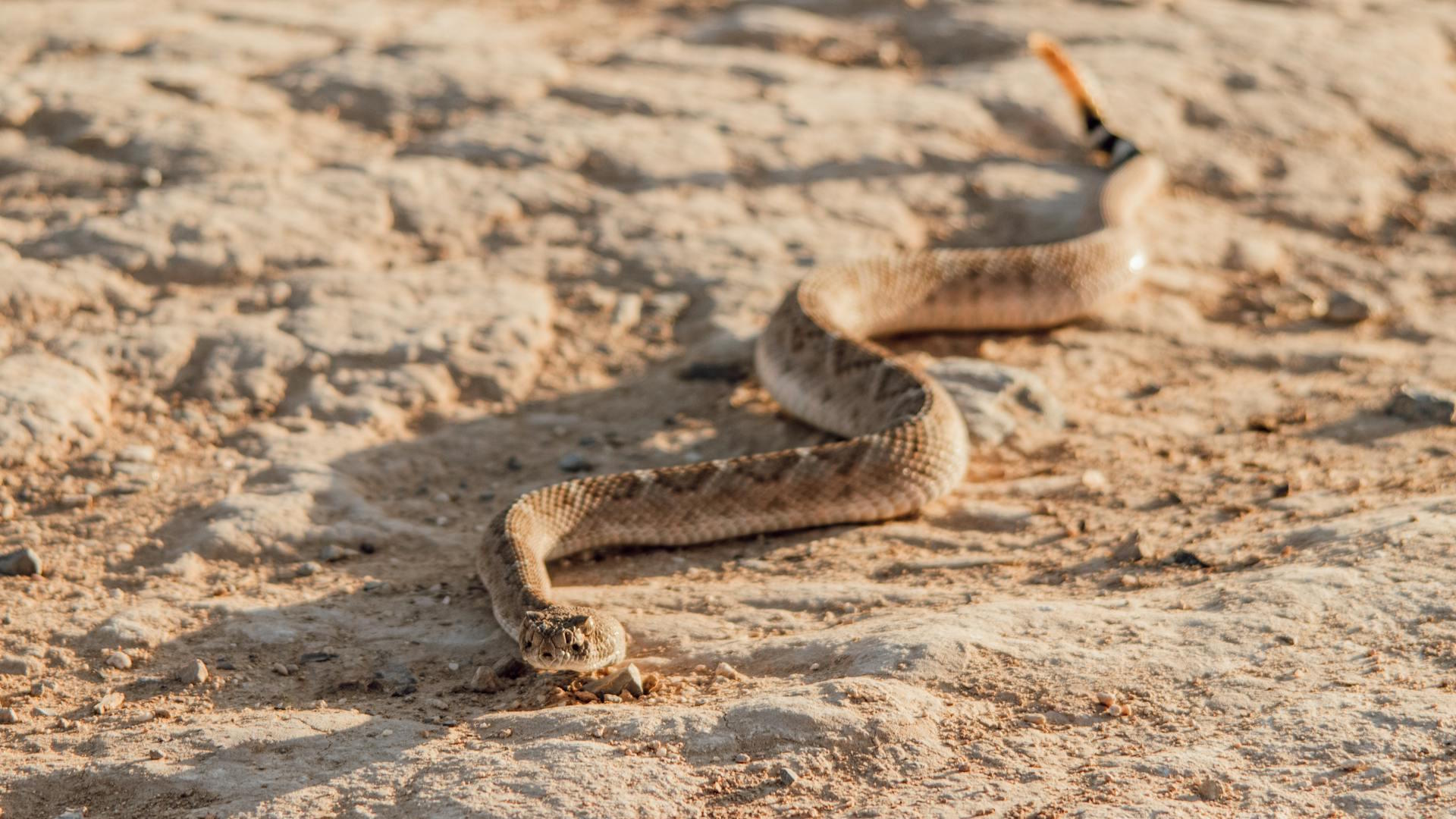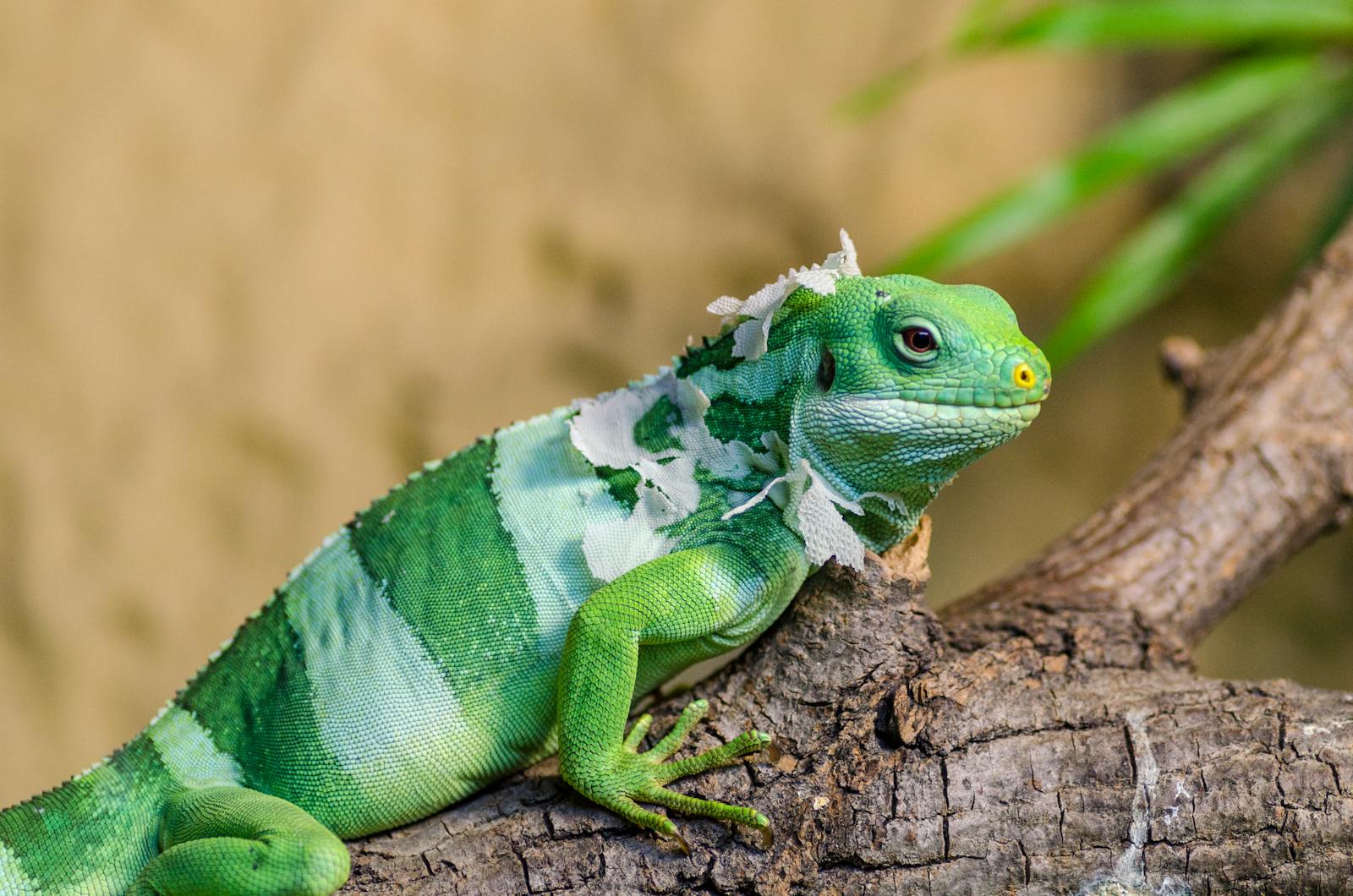Maintaining appropriate humidity levels is one of the most crucial yet often overlooked aspects of reptile husbandry. For snake owners, understanding and controlling humidity can mean the difference between a thriving pet and one suffering from serious health complications. Unlike mammals, snakes have specific environmental needs that directly impact their ability to perform essential biological functions. From successful shedding to respiratory health, humidity affects nearly every aspect of your snake’s wellbeing. This comprehensive guide will help you understand your snake’s humidity requirements, recognize signs of problems, and implement practical solutions to create the optimal environment for your scaly companion.
Understanding Why Humidity Matters for Snakes
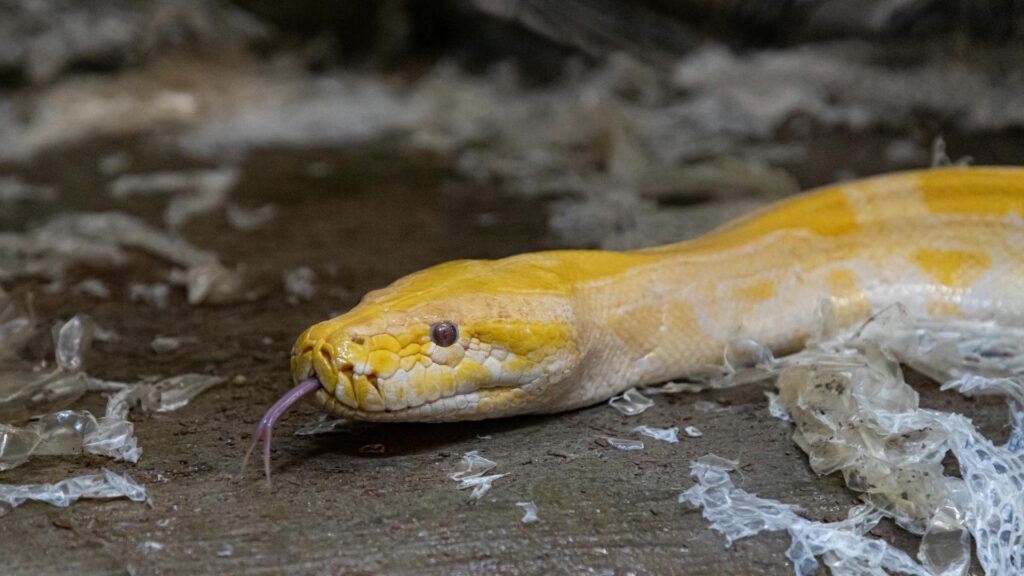
Humidity plays a vital role in a snake’s health because these reptiles have evolved in specific environments with particular moisture levels. In the wild, snakes naturally seek out microhabitats that provide their required humidity levels. This environmental moisture is essential for proper skin hydration, which directly impacts the shedding process—one of the most visible indicators of reptile health. Additionally, appropriate humidity levels support respiratory function, as snakes’ respiratory systems are adapted to their native humidity ranges. Perhaps most importantly, consistent humidity helps prevent dehydration, as many species absorb environmental moisture through their skin and respiratory tract in addition to drinking water. Without proper humidity, even well-fed snakes can experience chronic stress that compromises their immune systems.
Different Snake Species, Different Humidity Needs
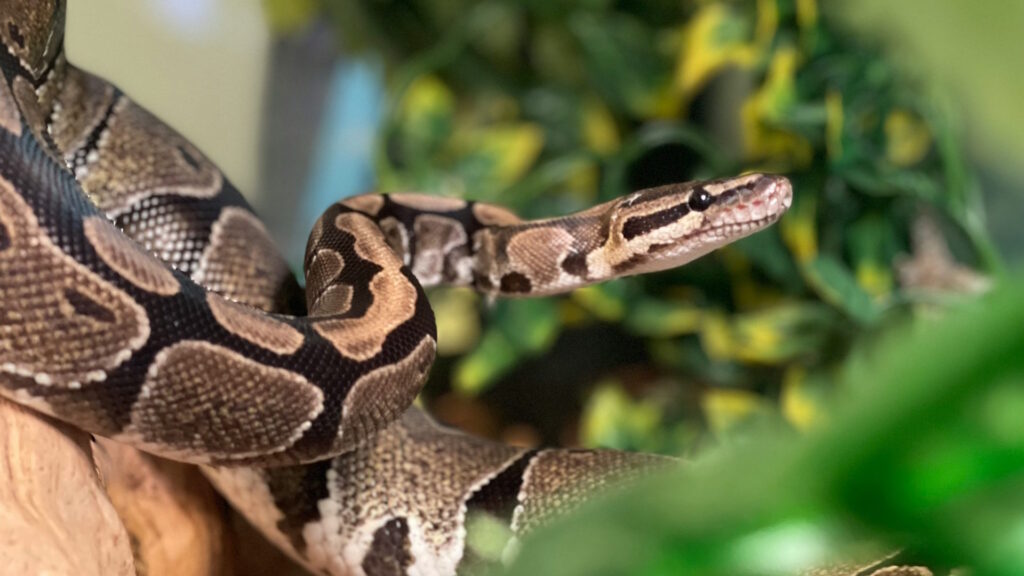
Humidity requirements vary dramatically between snake species based on their natural habitats. Tropical species like ball pythons (Python regius) and rainbow boas (Epicrates cenchria) generally require higher humidity levels, typically between 60-80%, to mimic their native rainforest environments. Desert-dwelling species such as corn snakes (Pantherophis guttatus) and most rat snakes thrive in more moderate humidity, usually between 40-50%. Some specialized species have even more specific needs—emerald tree boas (Corallus caninus) require humidity levels of 80-100% to reflect their arboreal rainforest habitat. Understanding your specific species’ natural habitat is essential for providing appropriate care, as what’s healthy for one snake could be harmful for another. This variation is why generic reptile care advice often falls short, and species-specific research is crucial for responsible ownership.
Common Signs Your Snake Needs More Humidity
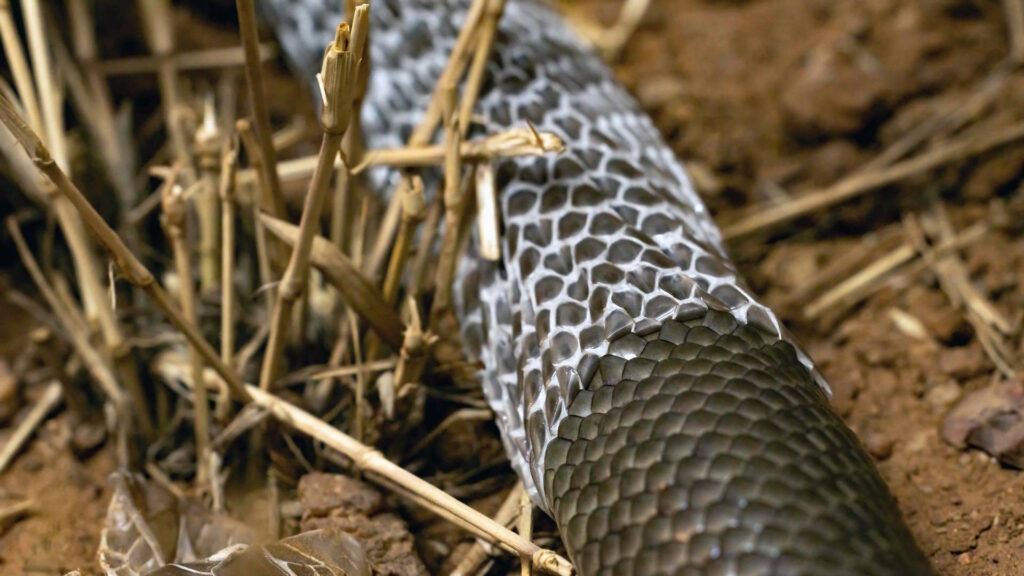
Several observable symptoms can indicate that your snake is suffering from inadequate humidity levels. The most obvious sign is difficulty shedding, where the snake’s skin comes off in multiple pieces rather than one complete “sock,” or retained eye caps (spectacles) that don’t shed with the rest of the skin. Respiratory problems like wheezing, bubbling around the nostrils, or open-mouth breathing often develop when conditions are too dry or, conversely, too humid with poor ventilation. Dehydration may manifest as wrinkled skin, sunken eyes, or lethargy even when temperatures are appropriate. Behavioral changes such as excessive soaking in the water dish or spending unusual amounts of time in the most humid hide can indicate your snake is trying to compensate for environmental deficiencies. If you notice any of these symptoms, promptly assess and adjust your humidity management practices to prevent more serious health complications.
Measuring Humidity Accurately in Your Snake’s Enclosure
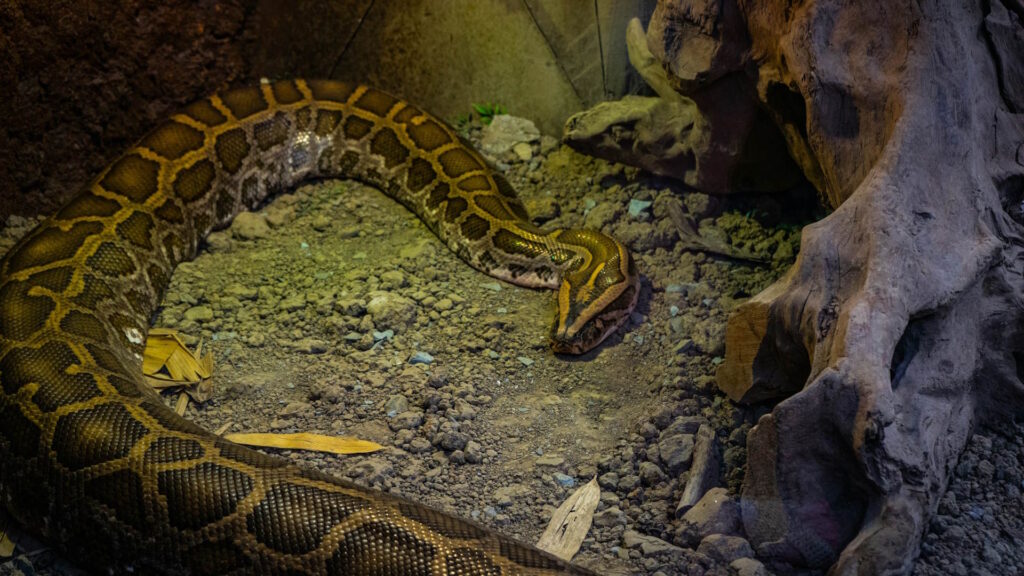
Reliable humidity measurement is the foundation of proper environmental control for reptiles. Digital hygrometers are generally more accurate than analog versions and should be placed at the same level where your snake spends most of its time, not just at the top of the enclosure. For accuracy, it’s advisable to use at least two hygrometers positioned in different areas of the habitat to account for potential humidity gradients. Calibrating your hygrometers regularly is essential, as even digital instruments can drift in accuracy over time—a simple salt test calibration method involves placing the hygrometer in a sealed container with a saturated salt solution, which should create a stable 75% humidity environment for comparison. Remember that readings can vary based on placement, so avoid positioning hygrometers directly above water dishes or too close to heat sources where they might provide misleading readings. Many experienced keepers recommend investing in hygrometers with data logging capabilities to track humidity fluctuations throughout the day and night.
Creating a Humidity Gradient Within the Enclosure

Just as reptiles benefit from temperature gradients, providing a humidity gradient allows your snake to self-regulate by moving between areas of higher and lower moisture levels. You can establish this gradient by clustering moisture-retaining decorations like moss, plants, or damp substrate at one end of the enclosure while keeping other areas drier. Using different substrate depths across the enclosure can further enhance this effect, with deeper substrate retaining more moisture than shallow areas. For arboreal species, consider vertical humidity gradients, with higher moisture levels at the bottom of the enclosure and drier conditions at climbing height. This approach to environmental design more closely mimics natural conditions where snakes would move between microhabitats to regulate their physiological needs. Creating these natural patterns helps reduce stress and promotes natural behaviors while giving your snake control over its own environmental exposure.
Misting Techniques and Best Practices
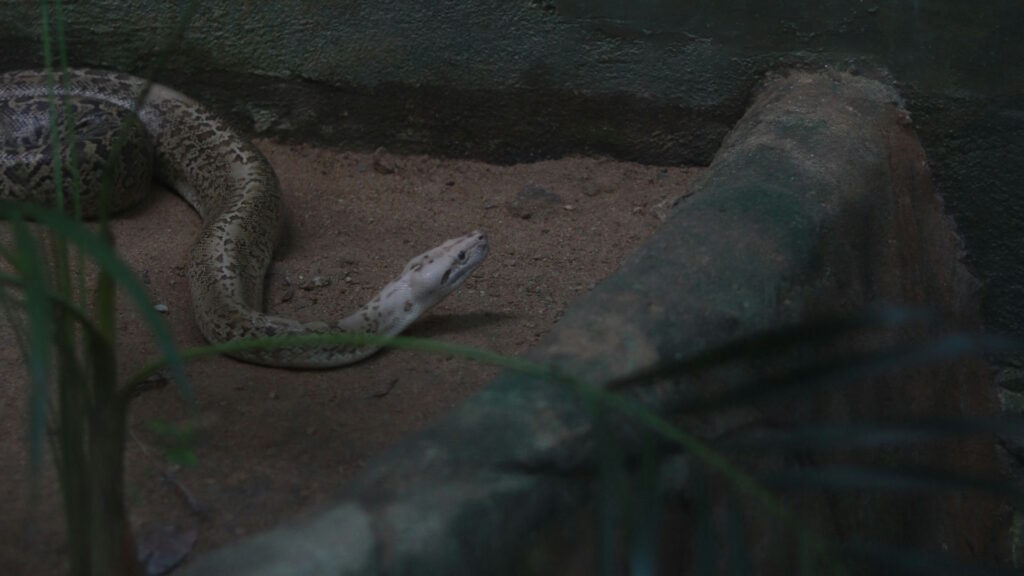
Manual misting remains one of the most common methods for increasing humidity in reptile enclosures, but technique matters significantly for effectiveness. When misting, use room temperature distilled or spring water to avoid mineral deposits and potential bacterial growth that can come with tap water. Focus spray on the substrate and enclosure surfaces rather than directly on the snake, as constant moisture on scales can lead to bacterial or fungal infections. The frequency of misting should correspond to your specific species’ needs and your enclosure’s retention ability—some setups may require twice-daily misting while others might only need it every few days. For precision, consider investing in pressure sprayers that produce a fine mist rather than water droplets, which provides more even humidity without soaking the enclosure. Remember that misting creates temporary humidity spikes rather than stable conditions, so it works best as part of a comprehensive humidity management approach rather than the sole solution.
Choosing the Right Substrate for Humidity Control
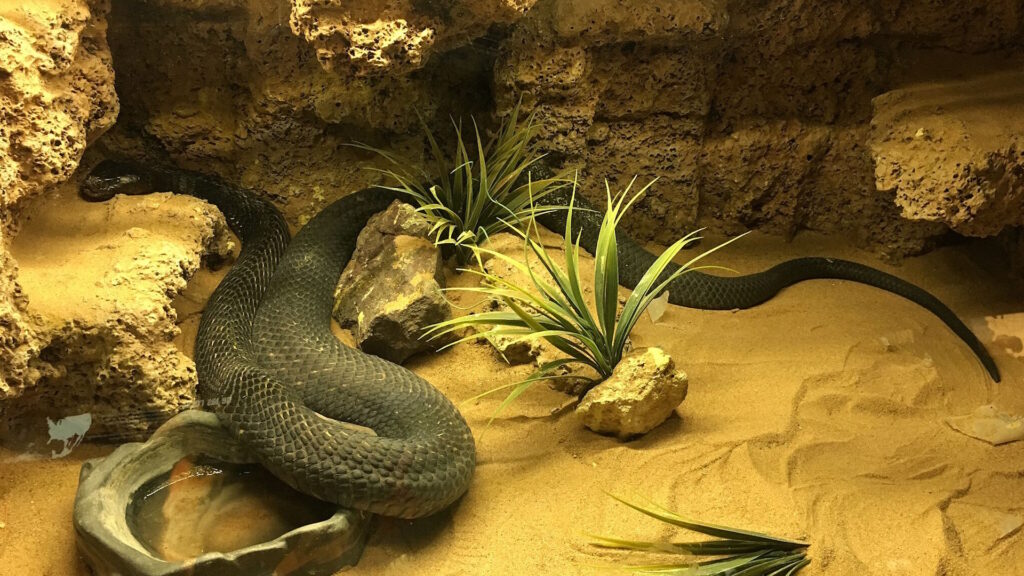
Substrate selection significantly impacts an enclosure’s ability to maintain appropriate humidity levels. Moisture-retaining substrates like coconut fiber (coir), cypress mulch, and sphagnum moss excel at holding and gradually releasing moisture, making them ideal for species requiring higher humidity. For moderate humidity needs, a mixture of coconut fiber and clean play sand or topsoil can provide balanced moisture retention while preventing substrate compaction. Species with lower humidity requirements might do well with aspen shavings or paper-based products, though these dry out quickly and aren’t suitable for tropical species. The substrate depth also matters—generally, a deeper substrate layer (3-4 inches) holds moisture longer and creates more stable humidity levels than shallow bedding. Many experienced keepers use a stratified approach with a drainage layer of expanded clay pellets at the bottom, moisture-retaining substrate in the middle, and a drier top layer to prevent direct contact with damp materials, combining the benefits of moisture retention with surface dryness.
Humidity Boxes and Microclimate Solutions
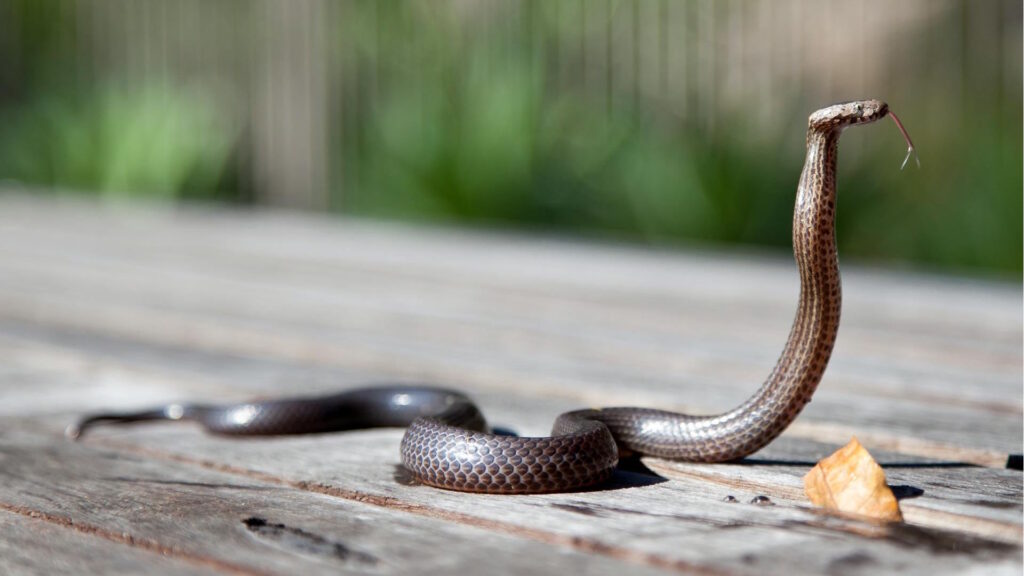
Humidity or “moist” hides provide localized high-humidity areas within the enclosure where snakes can retreat when they need additional moisture, particularly during shedding. To create an effective humidity box, use a container with a snake-accessible entrance and fill it with moisture-retaining material like damp sphagnum moss or paper towels that should be kept moist but not soggy. Positioning is important—place humidity boxes on the warm side of the temperature gradient, as the heat will increase evaporation and boost local humidity. For species that are prone to respiratory infections, make sure the humidity hide has adequate ventilation to prevent stagnant, overly humid air. Many keepers provide multiple humidity retreats of different moisture levels, allowing the snake to select its preferred microclimate. These specialized spaces are particularly valuable during shedding cycles when snakes naturally seek higher humidity environments to facilitate the process of sloughing their old skin.
Automated Humidity Control Systems
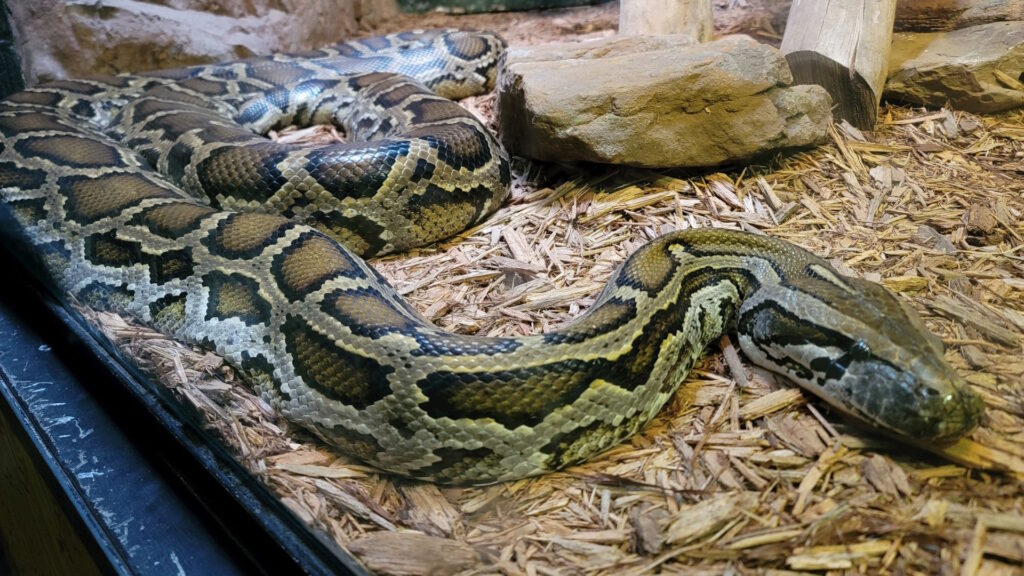
For serious reptile enthusiasts or those keeping particularly humidity-sensitive species, automated systems offer precision and consistency beyond what manual methods can achieve. Reptile-specific humidifiers or foggers can be paired with hygrometers and digital controllers that activate when humidity falls below programmed thresholds and deactivate when optimal levels are reached. These systems typically use ultrasonic technology to create a fine mist that raises ambient humidity without soaking surfaces. More advanced setups incorporate programmable timers that can create natural humidity cycles, mimicking daily fluctuations found in wild habitats. While the initial investment in automation is higher than manual methods, these systems reduce daily maintenance requirements and provide more stable conditions—particularly valuable for breeding projects or particularly sensitive species. When selecting automated equipment, choose models specifically designed for reptile use, as standard home humidifiers may not provide the precision or safety features needed for smaller enclosed spaces.
Balancing Ventilation with Humidity Retention
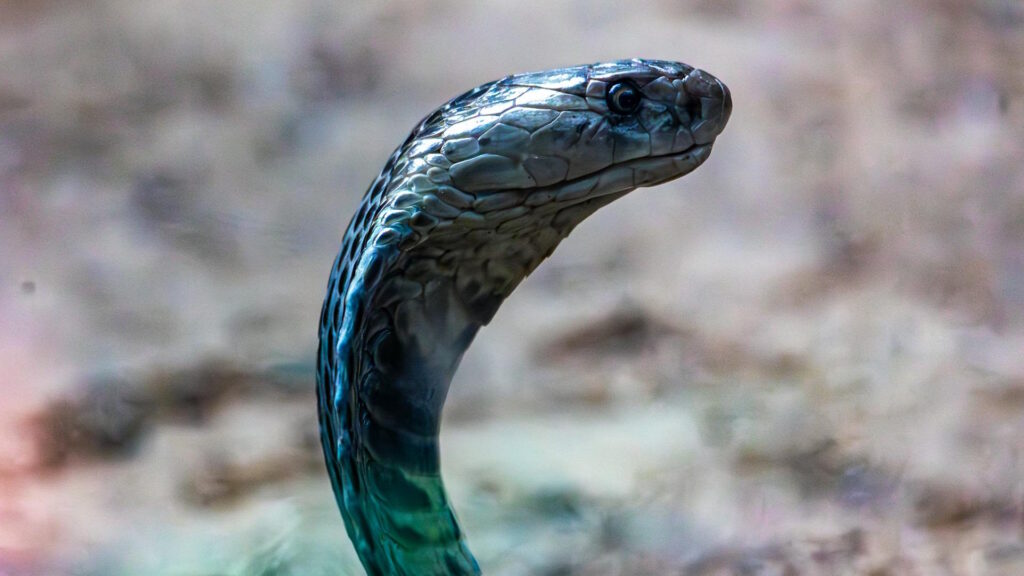
Achieving proper humidity involves striking a delicate balance between moisture retention and adequate air circulation. While sealed enclosures hold humidity well, they can quickly develop stagnant air and promote dangerous bacterial or fungal growth if ventilation is insufficient. The ideal setup includes strategically placed ventilation that allows air exchange without rapidly depleting humidity levels. For glass terrariums, consider covering portions of screen tops with acrylic or plastic to reduce evaporation while leaving some areas open for ventilation. PVC and plastic enclosures typically offer better humidity retention than glass while still providing adequate ventilation through built-in vents or adjustable ports. Position air vents to create gentle cross-ventilation rather than direct drafts over basking spots or hides. This balanced approach prevents the respiratory infections that can develop in both excessively stagnant and excessively dry environments, creating conditions where beneficial microbial communities can establish without becoming problematic.
Seasonal Adjustments to Humidity Levels
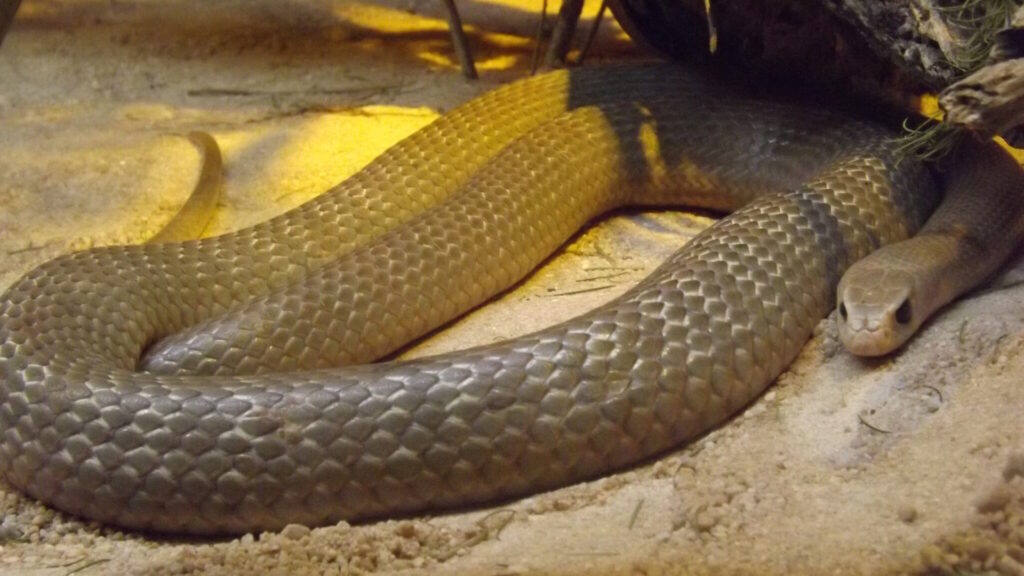
Many snake species experience seasonal humidity variations in their natural habitats, and replicating these changes can support natural biological rhythms and behaviors. During winter months, indoor heating often significantly reduces ambient humidity, requiring more active humidity management through increased misting, larger water dishes, or humidifier use. Conversely, summer months in many regions bring naturally higher humidity levels that may require less intervention or even increased ventilation to prevent excessive moisture. Some species benefit from specific seasonal humidity protocols, particularly those from monsoon regions where rainfall patterns trigger breeding behaviors. For breeding projects, researching and implementing these natural seasonal humidity shifts can significantly improve success rates by aligning environmental cues with reproductive cycles. When making seasonal adjustments, implement changes gradually over weeks rather than days to avoid stressing your snake, as abrupt environmental shifts can suppress immune function and trigger stress responses.
Humidity Concerns During Shedding Cycles
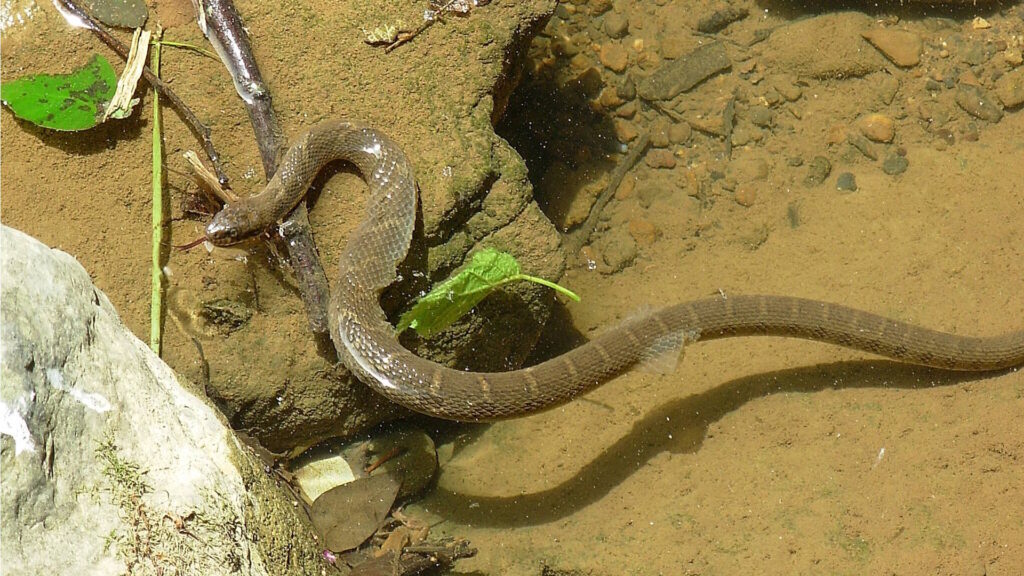
During the shedding process, snakes require temporarily elevated humidity levels to properly loosen and remove their old skin. You can identify the pre-shed phase when your snake’s eyes turn bluish (called “blue phase” or “in blue”) and its skin appears dull or milky. During this period, increasing enclosure humidity by 10-15% above normal levels supports the physiological process of separating old and new skin layers. If your snake consistently experiences difficult sheds despite these humidity increases, providing a dedicated “shedding box” with higher moisture levels gives it an intensive humidity retreat during this critical time. After shedding, it’s important to return humidity to species-appropriate baseline levels to prevent potential skin infections from prolonged exposure to excessive moisture. Keeping detailed records of your snake’s shedding cycles helps you anticipate these events and make proactive humidity adjustments, particularly since many species shed more frequently during growth phases and may require more regular humidity management during these periods.
Troubleshooting Common Humidity Problems
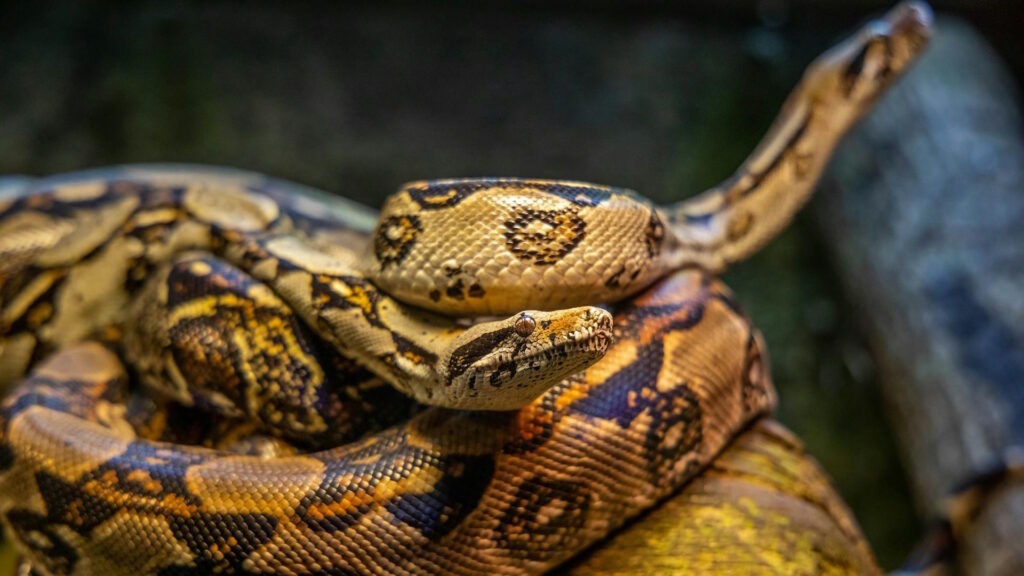
When facing persistent humidity challenges, a systematic approach to problem-solving can identify and address underlying issues. If you struggle to raise humidity despite regular misting, evaluate your enclosure for excessive air exchange through large ventilation areas, consider deeper substrate layers, or add sealed areas that retain moisture better than screen tops. Conversely, if humidity remains too high despite reduced misting, examine whether limited ventilation, overly deep water dishes, or room conditions are contributing factors. For enclosures showing condensation on walls or surfaces, improve air circulation while maintaining appropriate temperatures to prevent the development of mold or bacterial colonies. Geographic location significantly impacts baseline humidity—keepers in naturally arid climates often need more intensive humidity management systems than those in tropical or coastal regions. When making adjustments, change only one variable at a time and monitor results for several days before implementing additional modifications, allowing you to identify which interventions are most effective for your specific setup.
Health Risks of Improper Humidity Management
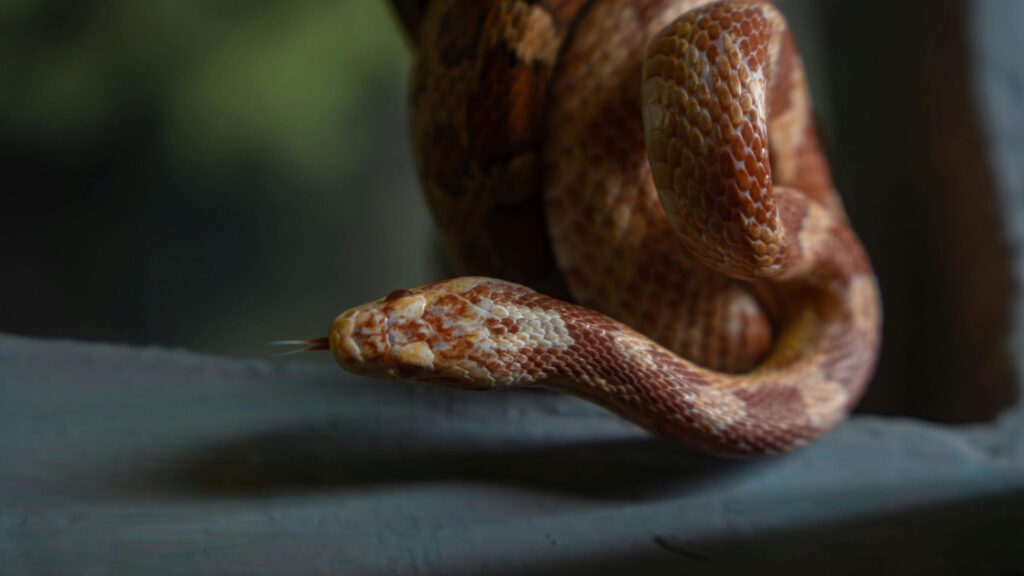
Both insufficient and excessive humidity can lead to serious health complications for captive snakes. Chronically low humidity frequently causes dysecdysis (abnormal shedding), which beyond the immediate complications of retained skin can lead to constriction injuries, eye damage from retained spectacles, and increased susceptibility to parasitic and bacterial skin infections. Respiratory infections are common in snakes kept in inappropriate humidity conditions, with symptoms including wheezing, mucus bubbles from the nose, and open-mouth breathing that requires veterinary intervention. At the other extreme, excessive humidity without adequate ventilation creates perfect conditions for fungal and bacterial proliferation, leading to scale rot (dermatitis) and respiratory mycoses that can be difficult to treat once established. These moisture-related health issues often develop gradually, making regular monitoring and preventive management essential. The stress of inappropriate humidity also suppresses immune function, making snakes more vulnerable to secondary infections and diseases that might otherwise be resisted in properly maintained environments.
Building a Complete Humidity Management Routine
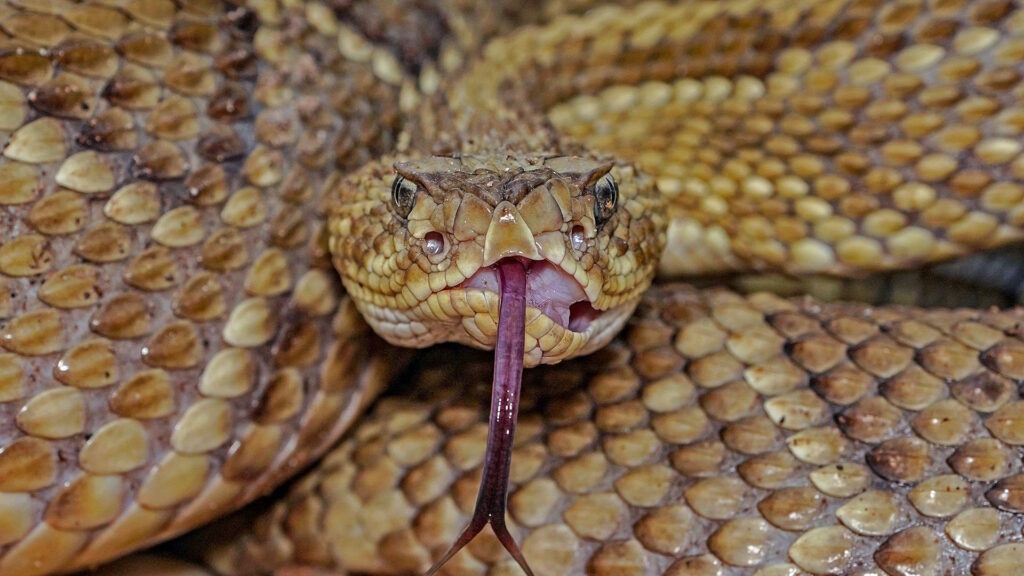
Developing a comprehensive humidity management protocol involves combining multiple approaches tailored to your specific snake species, enclosure type, and local climate conditions. Start with appropriate substrate selection and depth as your foundation for moisture retention, then incorporate a properly sized water dish positioned to maximize evaporation without creating excessive localized dampness. Establish a regular misting schedule based on hygrometer readings rather than strict timetables, adjusting frequency and intensity according to current conditions. Include specialized microclimate options like humidity boxes that allow your snake to seek additional moisture when needed. Maintain detailed records of humidity levels, adjustments made, and your snake’s behavior and health indicators to identify patterns and refine your approach over time. Remember that humidity management should be integrated with temperature control, as these environmental factors are interdependent—increased temperatures accelerate evaporation, while humidity affects how temperatures are perceived by your snake. This holistic approach to environmental management creates the stability and appropriate conditions that allow captive snakes to thrive rather than merely survive.
Conclusion
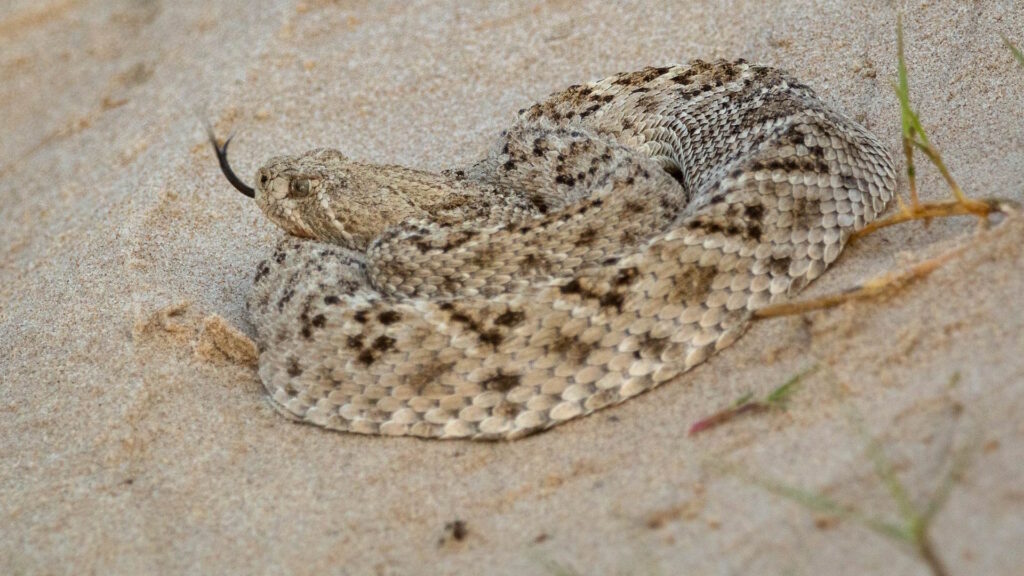
Understanding and managing humidity properly is one of the foundations of successful snake keeping. By recognizing your species’ specific needs, implementing appropriate humidity management techniques, and monitoring for signs of problems, you can create an environment where your snake can thrive. Remember that consistency is often more important than perfect precision—natural habitats have fluctuations, but they occur within appropriate ranges for the species. With the information and techniques outlined in this guide, you’re well-equipped to provide the humidity conditions your snake needs for optimal health, successful shedding, and overall wellbeing. Your efforts in this often-overlooked aspect of reptile husbandry will be rewarded with a healthier, more active pet with a longer lifespan.

